Making the Unreal Engine 5 film The Voice in the Hollow
Director Miguel Ortega explains how Unreal Engine 5 enabled the creation of the animated fable, The Voice in the Hollow.
You'd be forgiven for thinking Unreal Engine 5 is just for video games, after all that's how creator Epic Games made its name. But this advanced and accessible game engine is capable so much more, including animated movies. Here I meet the directors of the impressive animated short The Voice in the Hollow, Miguel Ortega and Tran Ma, who explain how it was made using Unreal Engine 5.
Both directors have notable backgrounds in visual effects work, with credits that include work on Transformers, Thor, Alice and Avatar to name just a few. The Voice in the Hollow marks a major moment in their filmmaking evolution. For Ortega, the short film is a fable and, in keeping with that tradition, he and Ma found themselves embarking on a creative journey into unknown territory where discoveries and creative revelations were made.
If you'd like to follow in this duo's footsteps then take a look at our Unreal Engine 5 review to discover why this graphics engine is so good. Also, read our features on the 10 best animation tips and tricks and understanding Disney's 12 principles of animation for a guide to the basics. Now, let's take a look at how Ortega and Ma created their beautiful animation.
Making The Voice in the Hollow using UE5

Guillermo del Toro has recently reminded audiences that animation can be more than only a medium for the family entertainment space with his adaptation of Pinocchio (you can read Guillermo del Toro 8 rules of animation for more detail). Certainly, Ortega and Ma's new short film attests to the power of animation to strike a number of raw emotional and psychological nerve endings. It's a story that ventures into horror and the supernatural; suffused as it is with images that vividly express the inner lives of characters, and all done within a scenario that fuses the mysterious with the visceral.
Ortega begins by sketching out the genesis for the film, explaining that it was initially sparked by a northern Californian story about a Paleo-Indian girl who fell into a cave and the numerous people who endeavoured to rescue her, but only ever with tragic ends.
Through an unfolding process, the story for the film shifted from an American setting to an African one, and Ortega recalls how he and Ma reached a point where they determined to "just do a very simple Cain and Abel story." Ortega and Ma made the story about two sisters, Ala and Coa. Simplifying the details of the story that prompted the project was a major creative moment for the filmmakers, though Ortega notes that it didn’t make their task any easier.
Fundamental to the aesthetic of The Voice in the Hollow is that it has been produced using Unreal Engine 5. Critically, working with this game engine informed not just the creative exploratory process and production approach, but also the film’s fundamental style.
Get the Creative Bloq Newsletter
Daily design news, reviews, how-tos and more, as picked by the editors.
Tran and I come from VFX; pre-rendered, V-Ray stuff and working with 20-hour render times per frame. The Voice in the Hollow was our first legitimate short film in Unreal
Miguel Ortega
Key to the inventive and memorable visual aesthetic is the character design, and Ortega talks through the relationship between he and Ma’s film-industry background and their venture into animation, telling me: "Tran and I come from VFX; pre-rendered, V-Ray stuff and working with 20-hour render times per frame. The Voice in the Hollow was our first legitimate short film in Unreal. We had done one in the Unreal Fellowship programme."
He adds: "We had just four weeks of Unreal experience when we started doing this film. So we knew we were going to hit technical limitations on our side, like our own ability, and we also knew that there was a technical limitation on the Unreal side.
"Instead of fighting those limitations and trying to make the next photo real project that doesn’t quite hit the mark, we thought to ourselves, 'Let’s embrace the limitations and find a style that doesn't require that we spend, for example, weeks trying to make the refraction of the eyes look accurate. Let's not waste time getting the subsurface scattering on the nose to look right. Let's just find a style that is easy to do and embrace it, rather than fight the limitations of the technology.'"
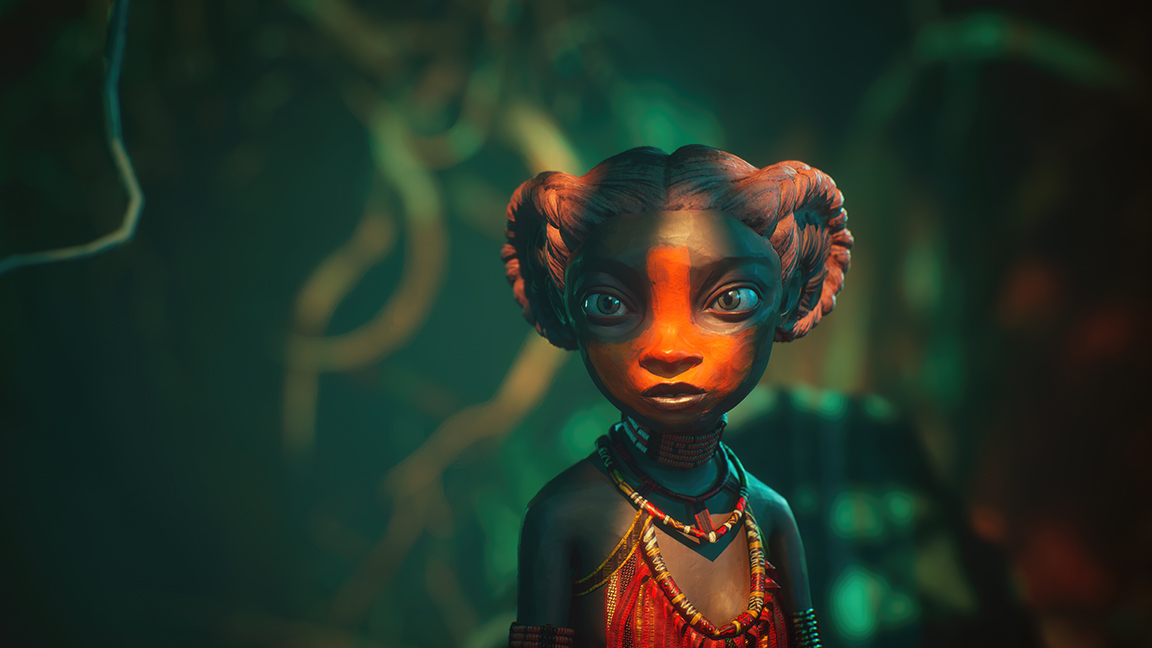
Ortega also makes the point that because Unreal can offer what he describes as "really beautiful depth of field", it prompted he and Ma to make the characters look like dolls set in compositions that emphasise Unreal's opportunities. "We thought, 'Let's make the characters like miniatures, let's make them smaller scale,'" he explains. "That also helped us on the animation side, because now the animation doesn't have to be perfect, because they're dolls, right? So we really went stylised to forgive our limitations, but we did it in a way that felt intentional." Ortega then adds with a laugh: "But it really was to cover our ass."
Critically, no preliminary design work was rendered on paper for the project. Instead, Ortega and Ma explored their creative choices and inclinations in Unreal. "We went right into 3D," Ortega notes. "Tran designed the characters and she's a beast when it comes to that kind of stuff. She used to design some of the Transformers. She would poly-model them out in Maya. It's crazy to use Maya to conceptualise robots, right? Usually you do ZBrush because it's faster, then you worry about the technical parts, but she was doing the technical and artistic all at once. She's fantastic. So we went right to 3D."
Of the tone, Ortega notes that the completed film comes close to the original conception. "The only thing we added in production was that we didn’t think that Coa was going to fall into that deep a trance when you see all the ghosts and all the demons, and all that stuff coming out of it. That was added in, just because we love 2D animation and wanted to find any excuse to incorporate it. Everything else was already in the script.
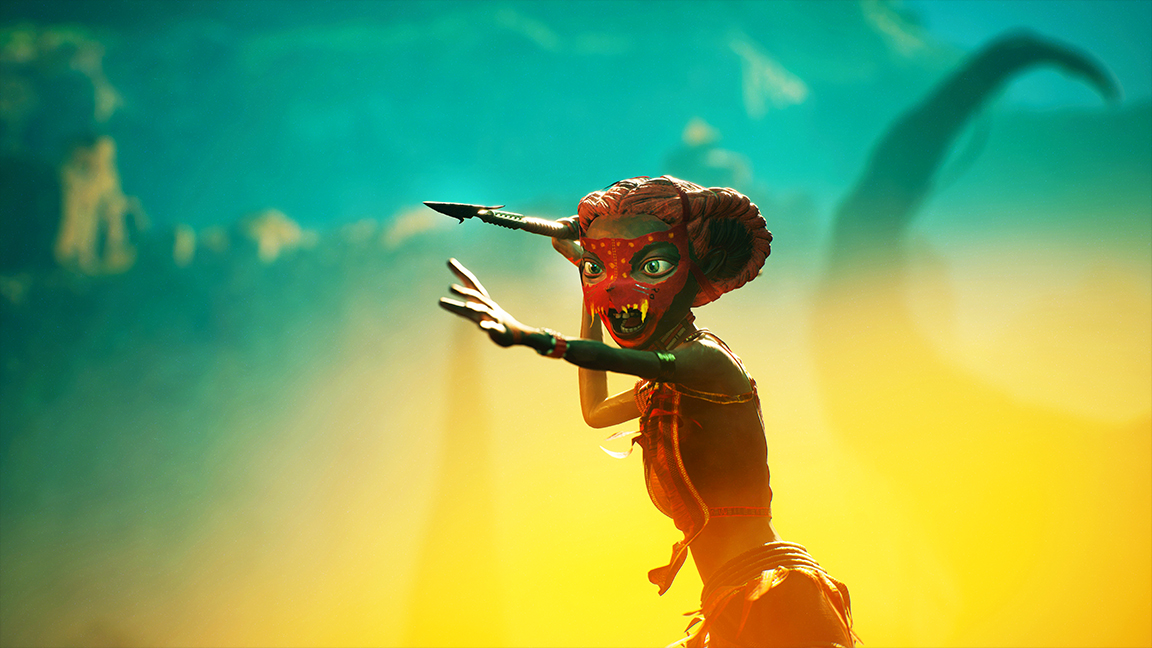
"We wrote it like we were making a live-action film. There should be zero distinction. That’s the thing that's funny: people say that animation is not a genre, but they still write it like it's a cartoon. For our film, the characters should never jump up for joy and do a twist. It should always feel really grounded." Ortega adds a note that speaks to the span of influence on his filmmaking: "My favourite two movies are Bambi and The Exorcist."
One of the distinctions of The Voice in the Hollow is that it might be described as having something of a 'grindhouse' film texture with its somewhat grainy, washed-out patina. Ortega details how he and Ma considered this aspect of the project: "The big thing was that we wanted it to feel like a long-lost movie from the 60s or 70s, and so we wanted the colour palette we used to kind of mimic sci-fi art from that period.
We wanted it to be really vibrant. But that was our red herring. "We wanted people to think, 'Oh, this is going to be a really fun movie.' We wanted it to be as beautiful as possible so that when the ending comes you’re like, 'What the hell just happened?! I got duped!' That was a very intentional thing and that ties into the grain and the fonts and some of the editing choices, and the crash zooms and everything. All of that came, even the stand-off at the end, from Spaghetti Westerns and crime movies. We were looking at Texas Chainsaw Massacre and Sergio Corbucci films more than we were looking at anything by Pixar."

Ortega says his collaboration with Ma was evenly split. "It really is like a 50/50 thing," he said. "The way we work, there really is no ownership of anything. The way it'll work, for example on the sets, I built a lot of the sets and I'd take them to Tran and say, 'I can’t see them anymore.' Tran will grab it and make it way better, and then it'll come back to me. And now that I've seen what Tran did, I can make it a bit better.
That's the way it works. "The ownership is the fact that it's our film. Tran's biggest contribution, of course, are the characters, but also the lighting, which we found very different to how we normally light. We usually light with much more backlighting, but that didn't work as well. I think it was an Unreal thing, and so, at the end, Tran finally found the look and crazy colour. Tran is the production designer for a reason. The film would not be half as beautiful without her work."
Of the production design work, Ortega adds: "Originally, we went very safe. We went with a savannah look. We were using the Megascans assets that Unreal was giving us. It just looked like they were in the middle of a normal African scene and we thought, 'This is just going to look like everybody else's outdoor scene.' That's when Tran came up with this red and teal, which is such a crazy palette. The ground at certain parts just looks like ice cream and it worked."
Further nuancing the film's sense of place are the beautifully realised details of heat, dust and particles. Unreal Engine 5 is excellent at these kinds of atmospheric details, and you can achieve similar world-building with the best Unreal Engine 5 plugins, for example.
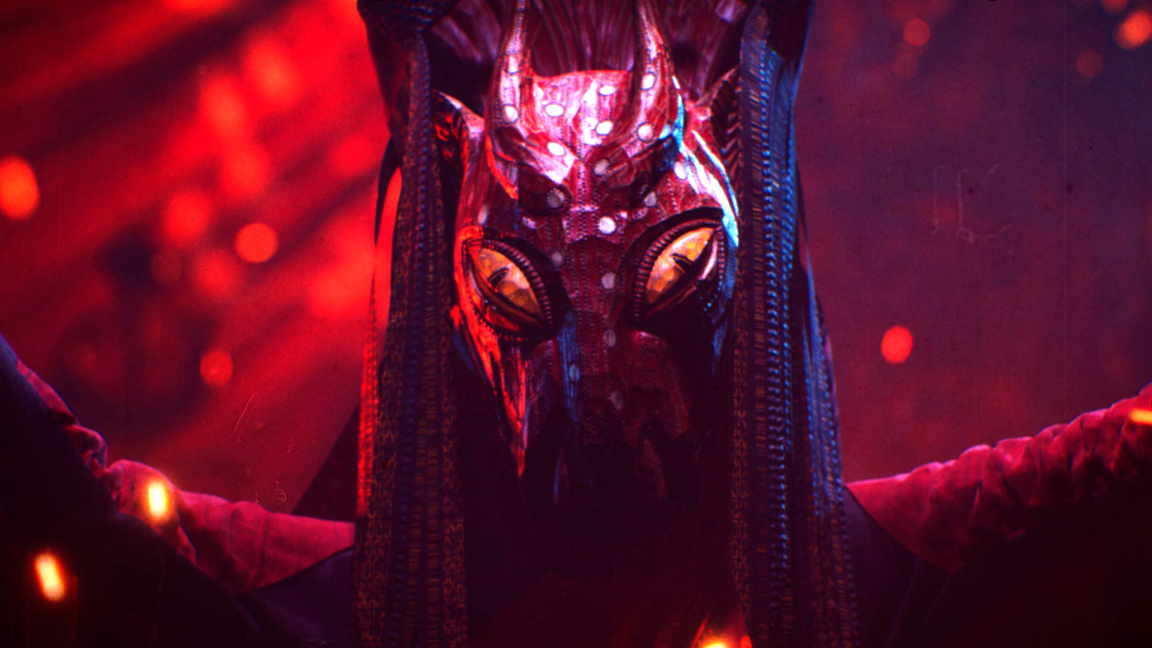
To close, Ortega widens the view of the project. "At this point, Tran and I have been doing this for so long, we know that we're going to get there with the visuals so they almost don't impress so much. The thing that I'm proud of is that we made people feel something about the characters. It's more about the story than the visuals.
"I think that what I'm proudest of is the moment when we saw this film live for the first time at Gnomon Workshop. It was a packed house, and that moment when the spear hits the sister, all the air just got sucked out of the whole room. Up to that point we didn’t know how people were going to react. Everybody freaked out!
"In terms of the technical execution, the editing from that point on was the thing that I struggled with the most because I was like, 'I've got to get this rhythm'. There's a lot of changing in the rhythms of the editing. Once the sister dies, it goes into a kind of heartbeat editing and you just have this mounting pressure that she’s going to get caught by her father.
"That sequence was where I thought, 'I'm going to fail at this, I'm going to mess this up.' And when it all worked out at the end, the story, plus the editing combined in that sequence, is what I'm most pleased with for sure. Tran and I are VFX artists that have transitioned into storytelling, and so that's what we work our hardest to get better at."
After speaking with Ortega, what shines through are a passion for the story and the storytelling; a recognition that The Voice in the Hollow is the positive outcome of a difficult period in developing another project. And perhaps most significantly a sense of both creative propulsion and courage. "We're not animators, so we were like, 'Okay: we’re going to do this. How hard can it be?' If you overthink it, it will intimidate you. You just have to jump in."
Storyboarding in Unreal Engine 5
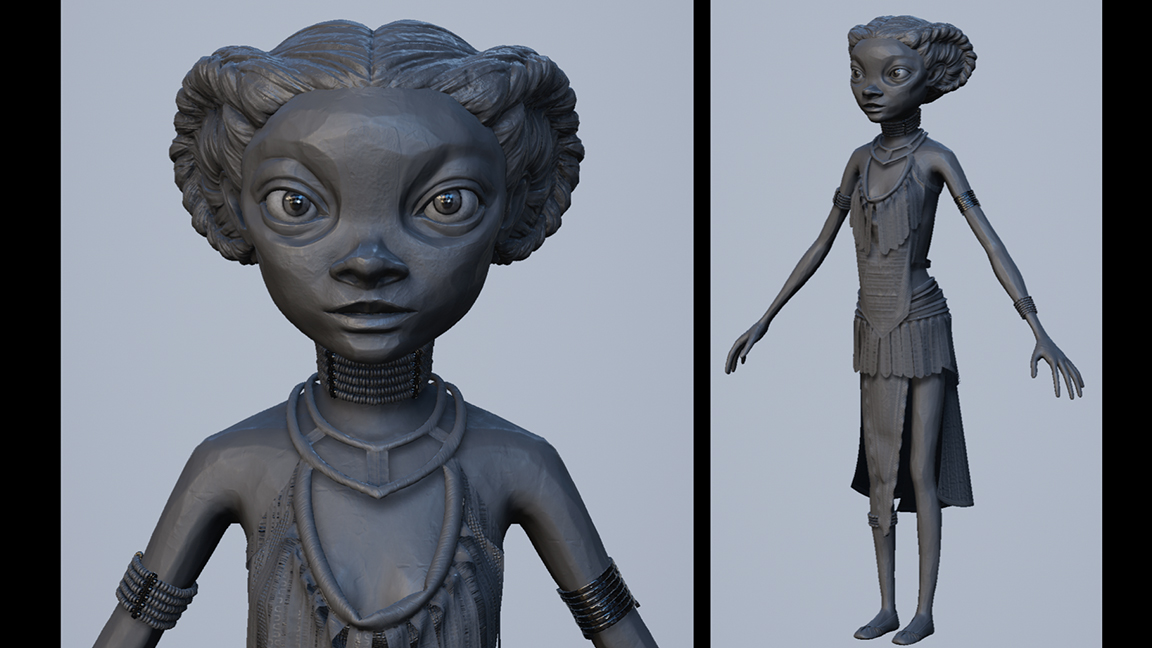
Miguel Ortega explains how using Unreal Engine 5 enables instant creative choices: "One of the things we've noticed a lot is that when someone storyboards, not taking into account the limitations of a lens, for example, they'll draw a shot that looks beautiful as a 2D image, but you’re like, 'How do you do that three-dimensionally?' That's what’s great about this: what you see while you’re laying out the shot as the testing phase is what’s in the final film.
"The last note is that because Unreal is realtime, if you were shooting something live action, you could say, 'Okay, I'm going to set the camera up here, here and here, I'm going to shoot the entire scene from each one of those angles', and then in the editing you now have all of this coverage. In CG you never do that because you would never want to render 600 frames that you’re going to throw out.
In real-time, we would set up five or six cameras, render the whole thing out and then realise, 'Oh, look how cool that looks in this section here.' It was real-time. It didn’t really give us any render hits. Let's use it. We had that flexibility of treating it live action, which was great."
Making real time edits using UE5
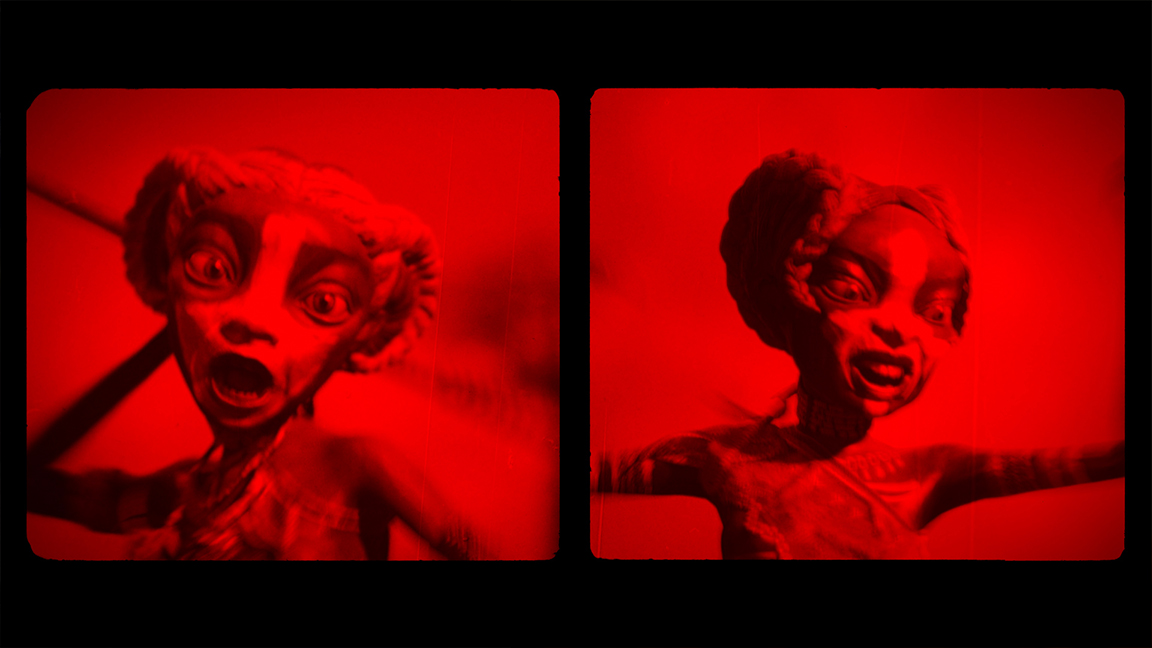
Miguel Ortega describes the editorial flexibility Unreal Engine offered when making The Voice in the Hollow: "Part of what’s amazing about Unreal is that since it’s real-time, I’m bringing stuff into the edit when it looks horrific. If I showed you the first round of every shot, you’d be like, ‘Why am I even talking to this guy?’ It’s the most horrific thing and then it keeps getting refined.
"But that’s what I love about it. I can start playing with the cameras, get it rendered in, put it into the shot. Is the story making sense? Oh, I need another shot. It’s not a big deal, I can go back into Unreal. We own our own motion-capture system, so if I need another shot that I can’t get, we’ll mocap it really quickly."
If you've enjoyed this article then read director Miguel Ortega's five tips for making a monster movie and the animator Dave Lo's advice for rigging a retro futuristic film monster for Ortega and Ma's earlier film project, The Ningyo.
This article was originally published in issue 299 of 3D World Magazine. You can subscribe to 3D World at the Magazines Direct website and get 3 issues for £3. The magazine ships internationally.

Thank you for reading 5 articles this month* Join now for unlimited access
Enjoy your first month for just £1 / $1 / €1
*Read 5 free articles per month without a subscription

Join now for unlimited access
Try first month for just £1 / $1 / €1
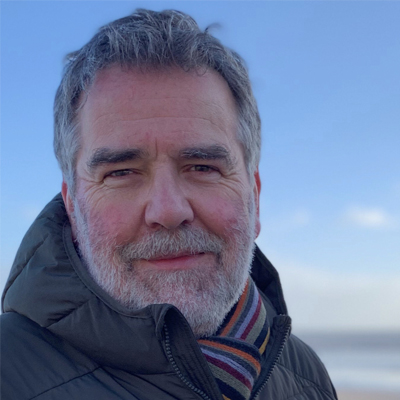
James has written about movies and popular culture since 2001. His books include Blue Eyed Cool: Paul Newman, Bodies in Heroic Motion: The Cinema of James Cameron, The Virgin Film Guide: Animated Films and The Year of the Geek. In addition to his books, James has written for magazines including 3D World and Imagine FX.
- Ian DeanEditor, Digital Arts & 3D
